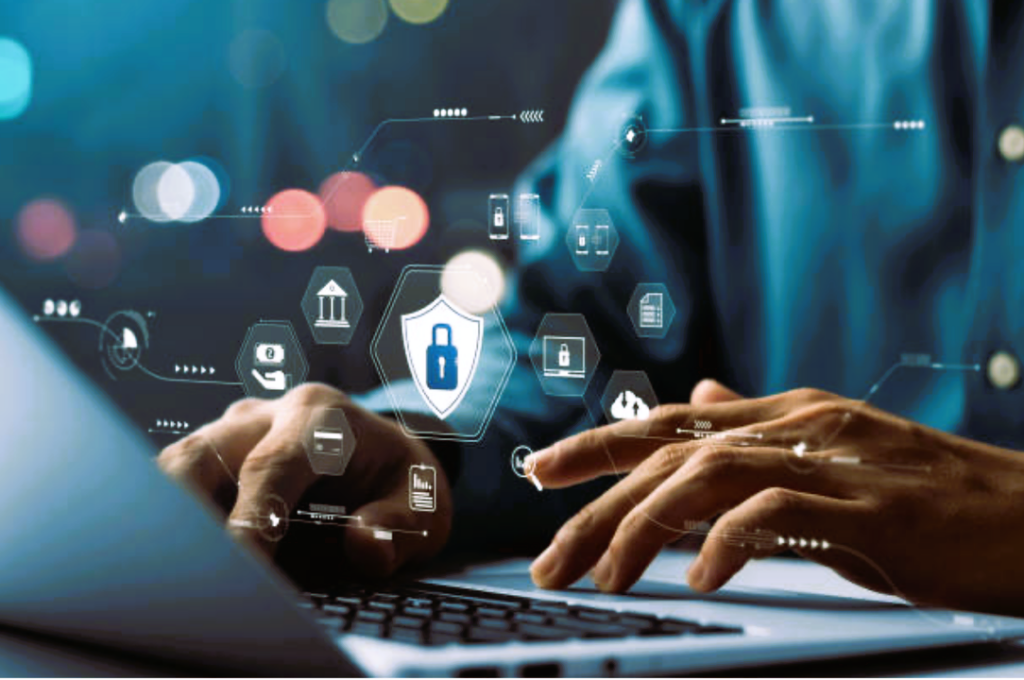
In today’s interconnected world, cybersecurity has become a critical concern for individuals, businesses, and governments alike. With the proliferation of digital technologies and the increasing reliance on online platforms, the threat landscape is constantly evolving, presenting new challenges and risks. Understanding the latest cybersecurity trends and threats is essential for protecting sensitive information and maintaining a secure digital environment.
1. Rise of Cyber Attacks
Cyber attacks continue to grow in frequency, sophistication, and impact, posing significant risks to organizations of all sizes. From ransomware and phishing scams to data breaches and supply chain attacks, cybercriminals employ a variety of tactics to exploit vulnerabilities and infiltrate networks.
2. Targeting Critical Infrastructure
Critical infrastructure, including power grids, transportation systems, and healthcare facilities, is increasingly targeted by cyber attackers seeking to disrupt essential services and cause widespread chaos. The recent rise in ransomware attacks against hospitals and healthcare providers underscores the importance of safeguarding critical infrastructure from cyber threats.
3. Expansion of Remote Workforce

The COVID-19 pandemic has accelerated the shift to remote work, leading to an expansion of the remote workforce. While remote work offers flexibility and convenience, it also introduces new cybersecurity challenges, such as securing home networks, managing access to corporate resources, and protecting sensitive data from unauthorized access.
4. IoT Security Risks
The Internet of Things (IoT) presents unique cybersecurity challenges due to the proliferation of connected devices with limited security features. Vulnerabilities in IoT devices can be exploited by cybercriminals to launch large-scale botnet attacks, compromise personal privacy, and gain unauthorized access to networks.
5. AI-Powered Cyber Attacks
Advancements in artificial intelligence (AI) and machine learning (ML) have enabled cyber attackers to develop more sophisticated and targeted attacks. AI-powered malware can evade traditional security measures by adapting to changing environments, making detection and mitigation more challenging for cybersecurity professionals.
6. Supply Chain Vulnerabilities
Supply chain attacks, where cybercriminals target third-party vendors and suppliers to gain access to their customers’ networks, are on the rise. By compromising trusted partners, attackers can infiltrate highly secure environments and exfiltrate sensitive data or disrupt operations. Blockchain beyond cryptocurrency, read our article about its application in various industries.
7. Regulatory Compliance Requirements
Regulatory compliance requirements, such as the General Data Protection Regulation (GDPR) and the California Consumer Privacy Act (CCPA), impose stringent data protection standards on organizations and require them to implement robust cybersecurity measures. Failure to comply with these regulations can result in severe financial penalties and reputational damage.
8. Importance of Cybersecurity Awareness
Cybersecurity awareness training plays a crucial role in mitigating cyber risks and empowering individuals to recognize and respond to potential threats. Educating employees about phishing scams, password hygiene, and safe online practices can significantly reduce the likelihood of successful cyber attacks.

9. Collaboration and Information Sharing
Collaboration and information sharing among stakeholders, including government agencies, private sector organizations, and cybersecurity experts, are essential for combating cyber threats effectively. Sharing threat intelligence, best practices, and mitigation strategies can enhance collective defense capabilities and strengthen resilience against cyber attacks.
10. Standardization and Best Practices
Standardization efforts led by organizations such as the International Organization for Standardization (ISO) and the Institute of Electrical and Electronics Engineers (IEEE) play a crucial role in establishing cybersecurity best practices and frameworks. Standards such as ISO/IEC 27001 for information security management and IEEE 802.1X for network access control provide guidance for organizations seeking to enhance their cybersecurity posture.
Cybersecurity remains a top priority in the digital age, as organizations grapple with evolving threats and vulnerabilities. By staying informed about the latest cybersecurity trends, implementing robust security measures, and fostering collaboration among stakeholders, we can effectively defend against cyber attacks and safeguard the integrity of digital ecosystems.
For more information on cybersecurity standards and best practices, please visit the International Organization for Standardization (ISO) website: ISO Cybersecurity Standards.

